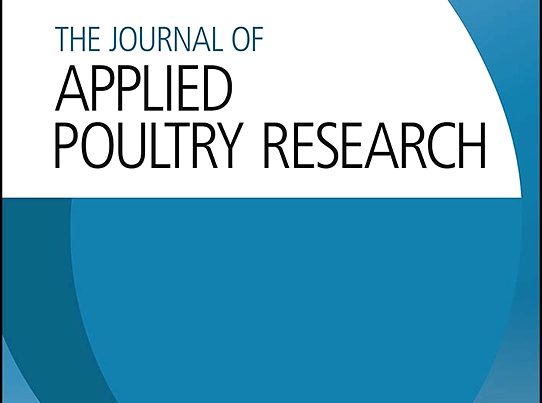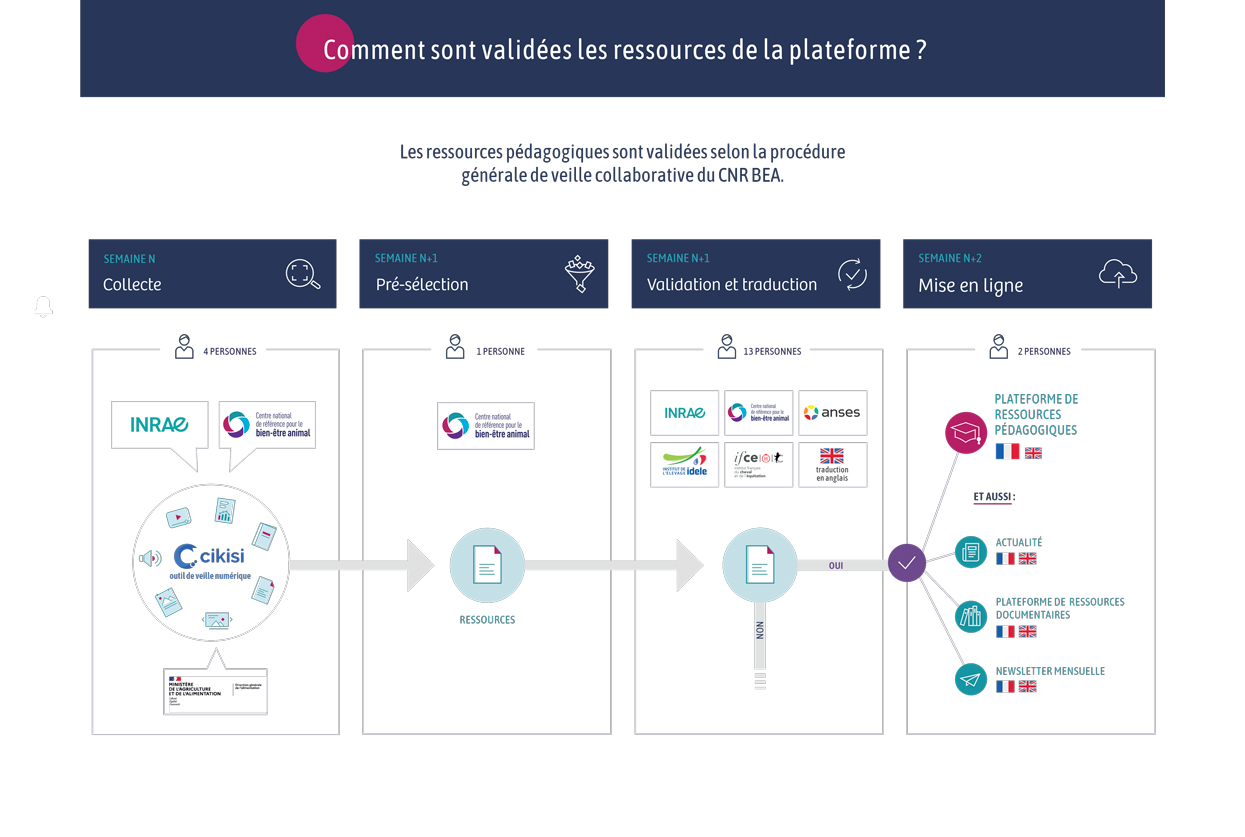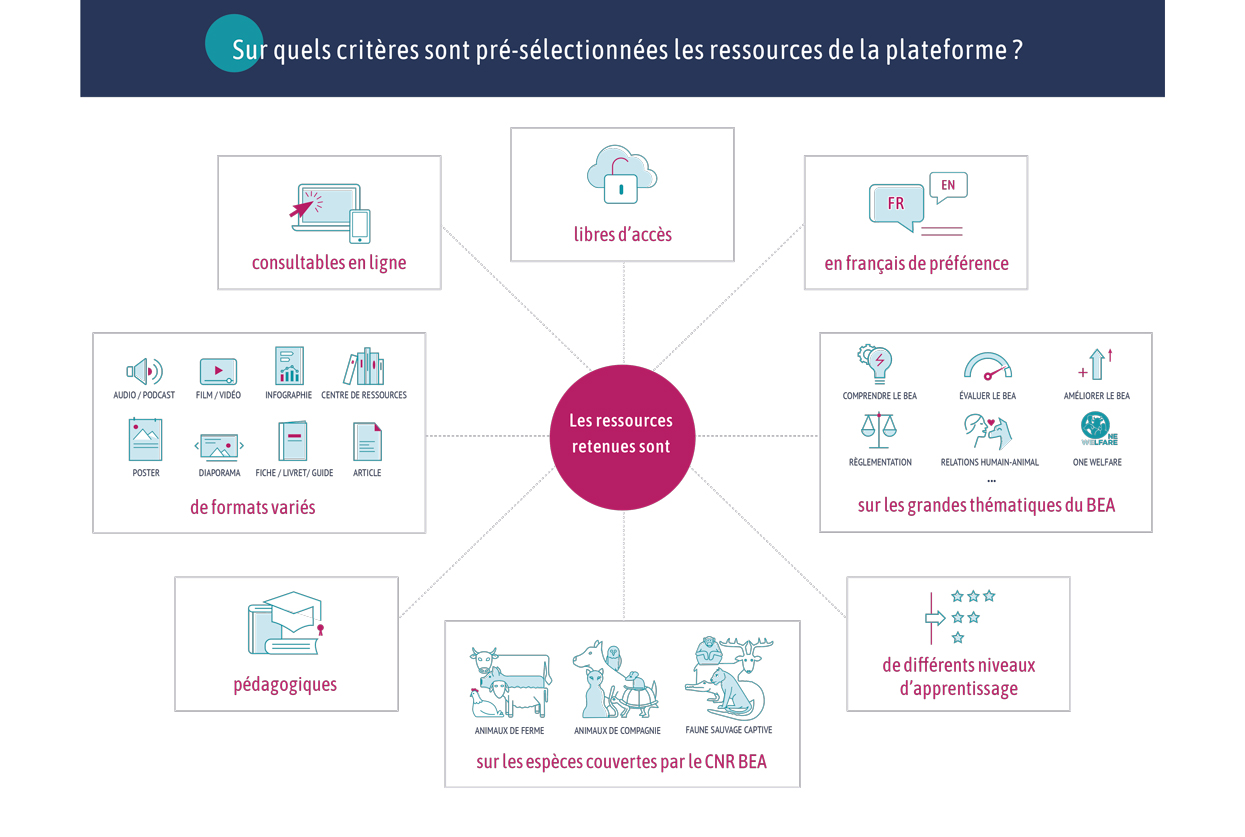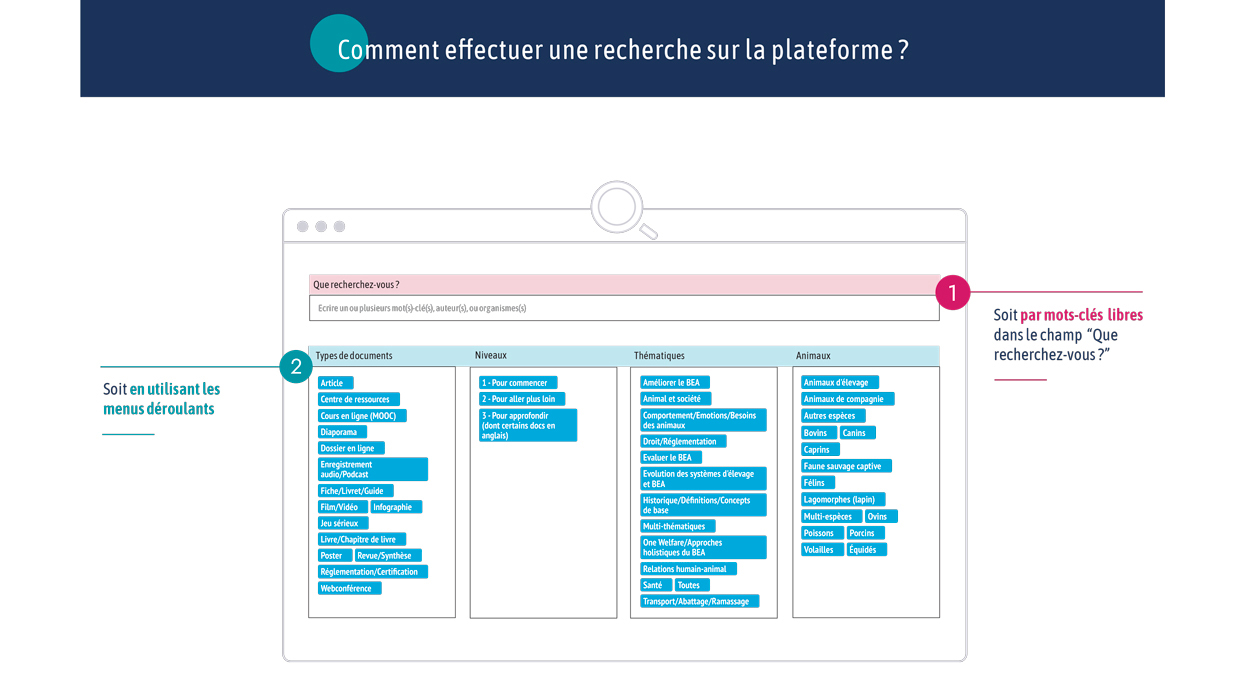Type de document : article scientifique publié dans Scientific Reports
Auteurs : Lundén Gabrielle, Oscarsson Rebecca, Hedlund Louise, Gjøen Johanna, Jensen Per
Résumé en français (traduction) : L’ontogenèse du jeu chez les jeunes poulets est affectée par la domestication et le stress précoce
Le jeu est courant chez les jeunes animaux homéothermes et joue un rôle important en tant qu’indicateur potentiel d’un état de bien-être positif. De plus, au cours de la domestication, on pense que la fréquence du jeu a augmenté dans plusieurs espèces et que cela fait partie du syndrome de domestication. Nous avons étudié l’ontogenèse du jeu chez les poulets dans deux expériences. La première a consisté à comparer le développement comportemental entre des poussins de poules pondeuses White Leghorn (WL) domestiquées et de Red Junglefowl (RJF) ancestraux, et la seconde à comparer ce même développement entre des poussins WL ayant subi un stress lié aux routines des éclosoirs commerciaux et un groupe témoin, éclos dans des conditions calmes. Dans les deux expériences, 10 groupes de 4 poussins de chacun des groupes ont été placés deux fois par semaine dans une arène de jeu enrichie et entièrement fermée, du jour 8 au jour 39 ou 53 après l’éclosion. Dans l’arène, la fréquence des comportements de jeu a été enregistrée pendant 30 minutes et divisée en jeu avec un objet, jeu locomoteur et jeu social. Dans la première expérience, le jeu total ainsi que le jeu avec un objet étaient significativement plus fréquents chez les WL alors que le jeu locomoteur et social était plus fréquent chez les RJF. Dans la deuxième expérience, le jeu total était significativement plus fréquent chez les poussins éclos commercialement, bien qu’aucune des sous-catégories ne diffère significativement entre les groupes. En conclusion, la domestication ainsi que le stress précoce affectent l’occurrence du jeu chez les poulets, mais les effets sont complexes et nécessitent des recherches supplémentaires.
Résumé en anglais (original) : Play is common in young homeotherm animals and has an important role as a tentative indicator of positive states of welfare. Furthermore, during domestication play is believed to have increased in frequency in several species as part of the domestication syndrome. Here, we studied the ontogeny of play in chickens in two experiments. The first compared the behavioural development between domesticated White Leghorn (WL) laying hen chicks and ancestral Red Junglefowl (RJF) and the second compared the same between WL chicks that had experienced the stress of commercial hatchery routines and a control group, hatched under calm conditions. In both experiments, 10 groups of four chicks each from each of the groups were moved twice per week to an enriched and fully enclosed play arena, starting at day 8 and finishing day 39 or 53 after hatch. In the arena, the frequency of play behaviours was recorded during 30 min and divided into object, locomotory and social play. In experiment one, total play as well as object play was significantly more common in WL whereas locomotor and social play was more common in RJF. In experiment two, total play was significantly more frequent in commercially hatched chicks, despite that none of the sub-categories differed significantly between the groups. In conclusion, domestication as well as early stress does affect the occurrence of play in chickens, but the effects are complex and require further research.
Publication ayant donné lieu à un article dans Watt Poultry le 6 septembre 2022 : Encouraging chick play could improve broiler welfare







